Dyson Cyclone V10 Animal Cordless Vacuum Cleaner
Even stronger suction to pick up more dust and debris. 14 cylcones generate forces of more than 79,000g to fling microscopic particles, such as pollen and bacteria, into the bin. The seven-cell, nickel-cobalt-aluminum battery has fade-free power to clean here, there and everywhere around your home.
Cyclone V10 Animal key features
Quickly transforms to a handheld
Changes to a handheld vacuum cleaner and back again in just one click.
‘Point and shoot’ hygienic bin emptying
The ‘point and shoot’ mechanism hygienically ejects dust and debris in one action, so there’s no need to touch the dirt.
Drop-in docking
The Dyson Cyclone V10™ vacuum drops into the wall-mounted dock to recharge it and tidily store tools, so it’s ready to grab and go.
Three power modes
The right power when you need it. Three modes to choose from to suit any task on any floor type.
Powerful suction across all surfaces
Direct, powerful suction on both carpets and hard floors.
Additional information
| Product Length x Height x Width (in.) | 49.2 x 9.5 x 10.1 |
|---|---|
| Cleaner head | Torque drive cleaner head |
| Filtration | Advanced whole-machine filtration |
| Weight | 5.9 lb |
| Charge time | 3.5 hrs |
| Cyclone technology | 14 concentric array cyclones |
| Bin volume | 0.2 gallon |

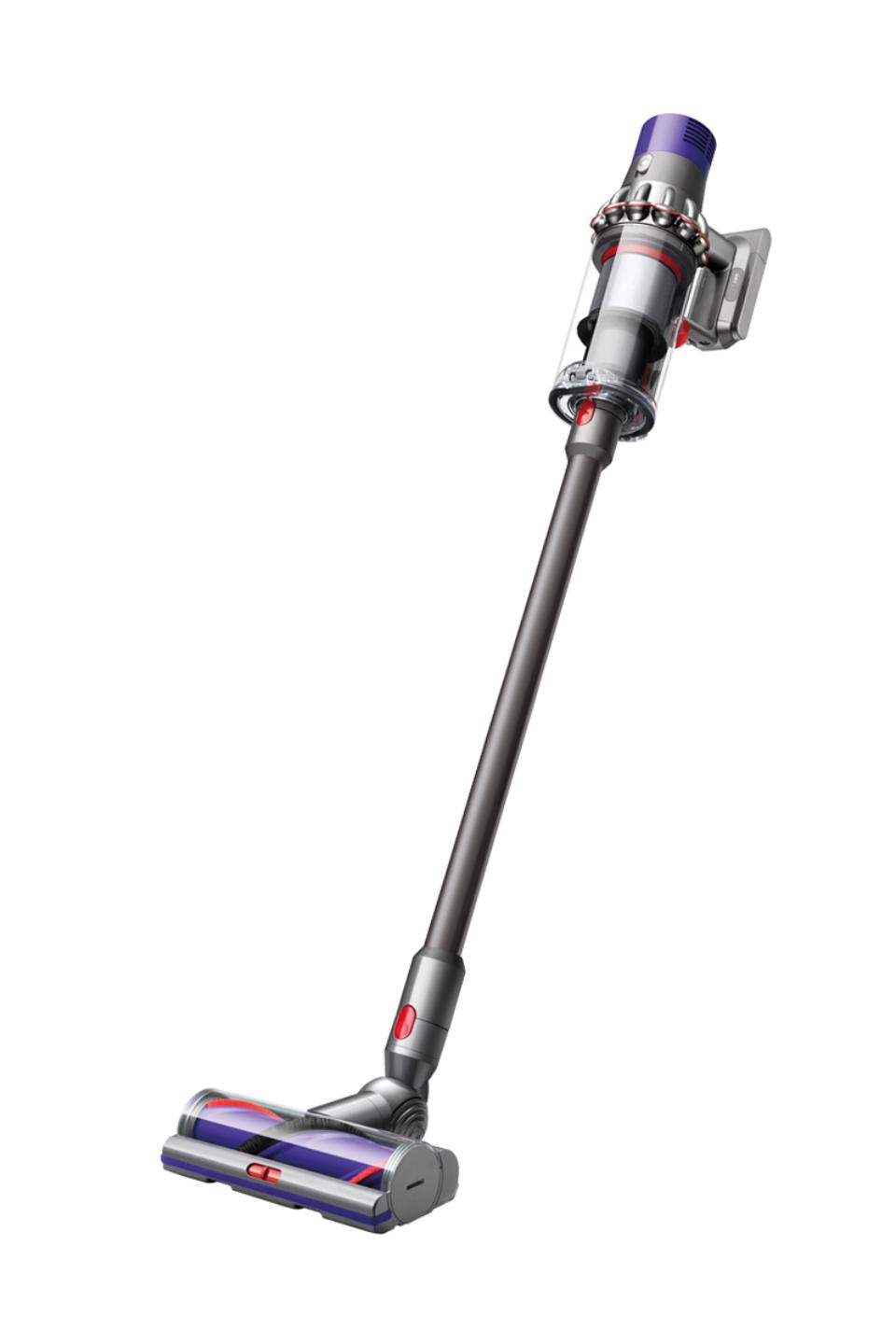
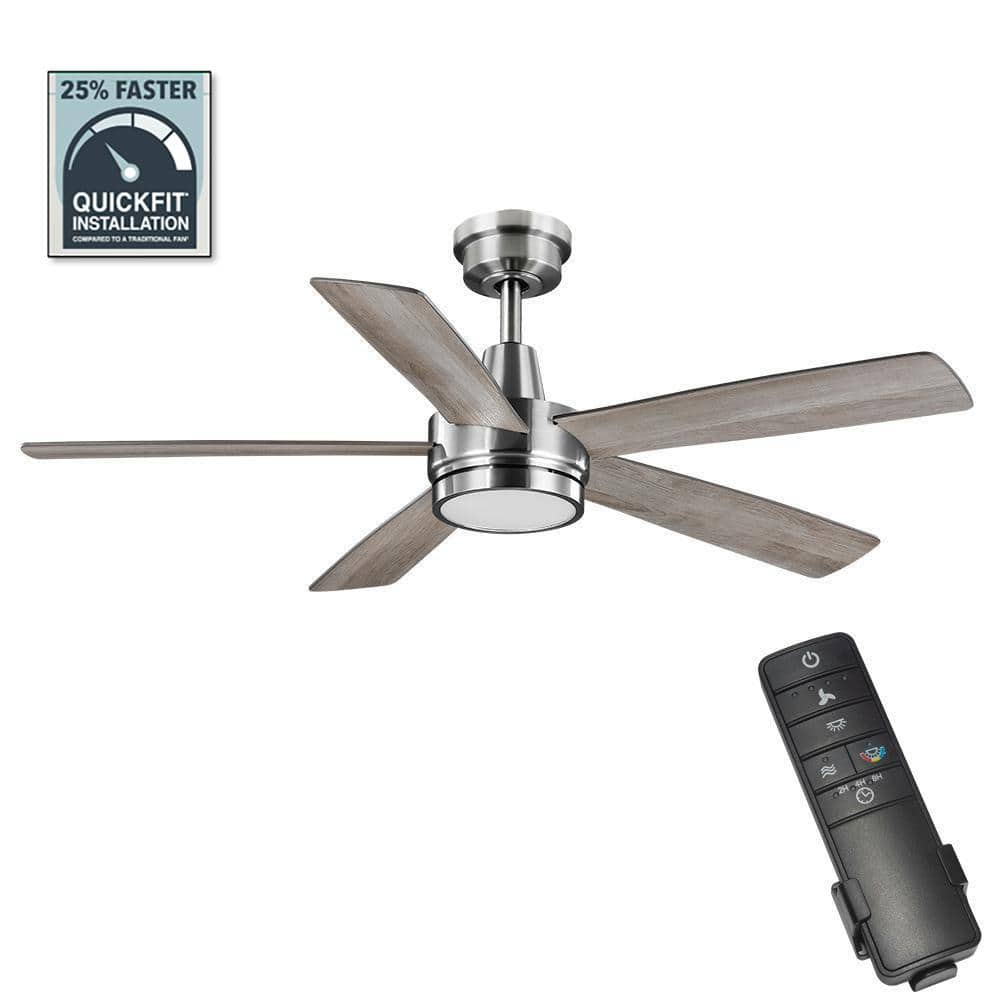


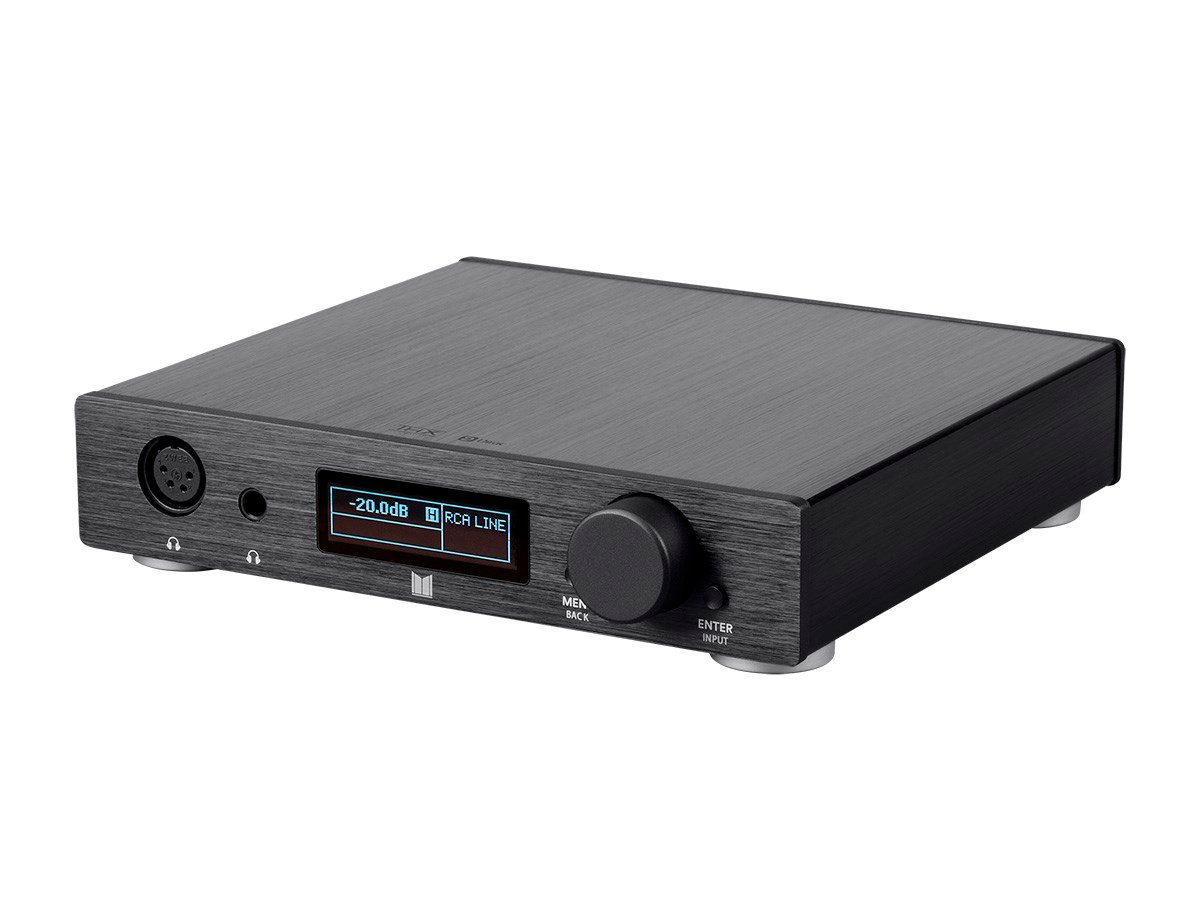
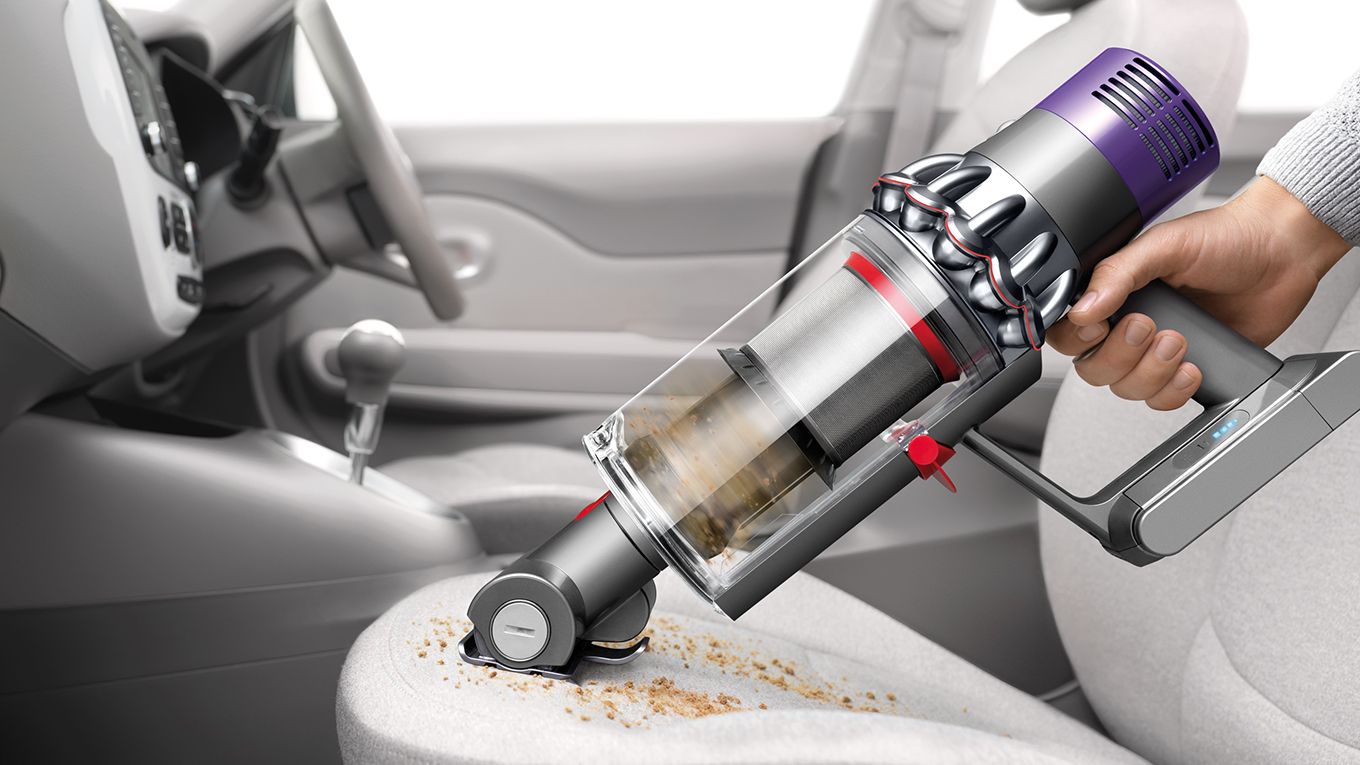
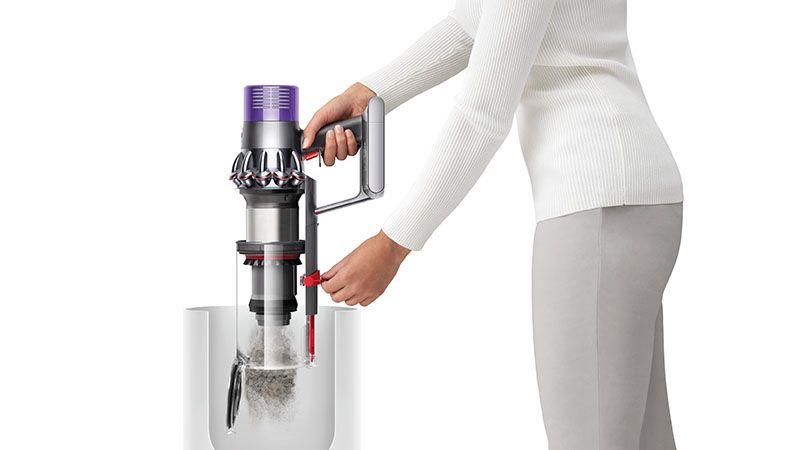
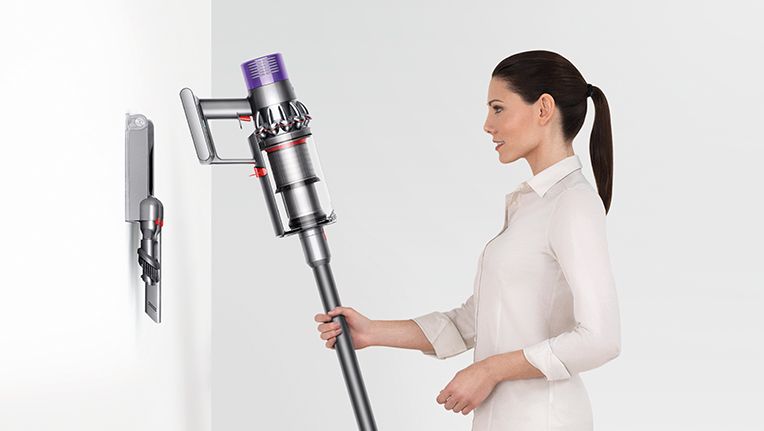
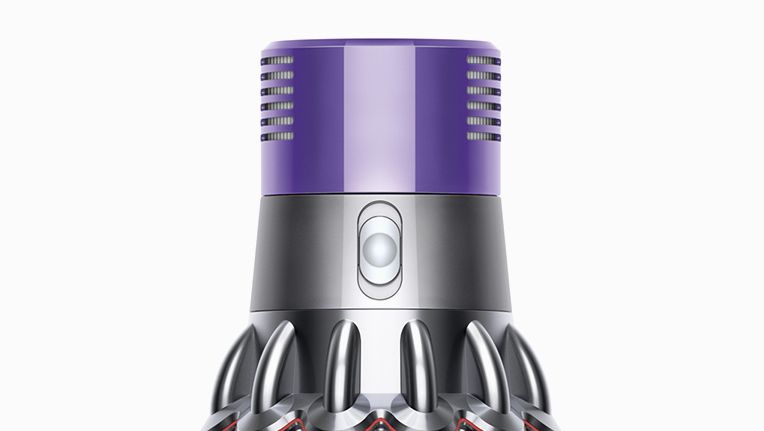
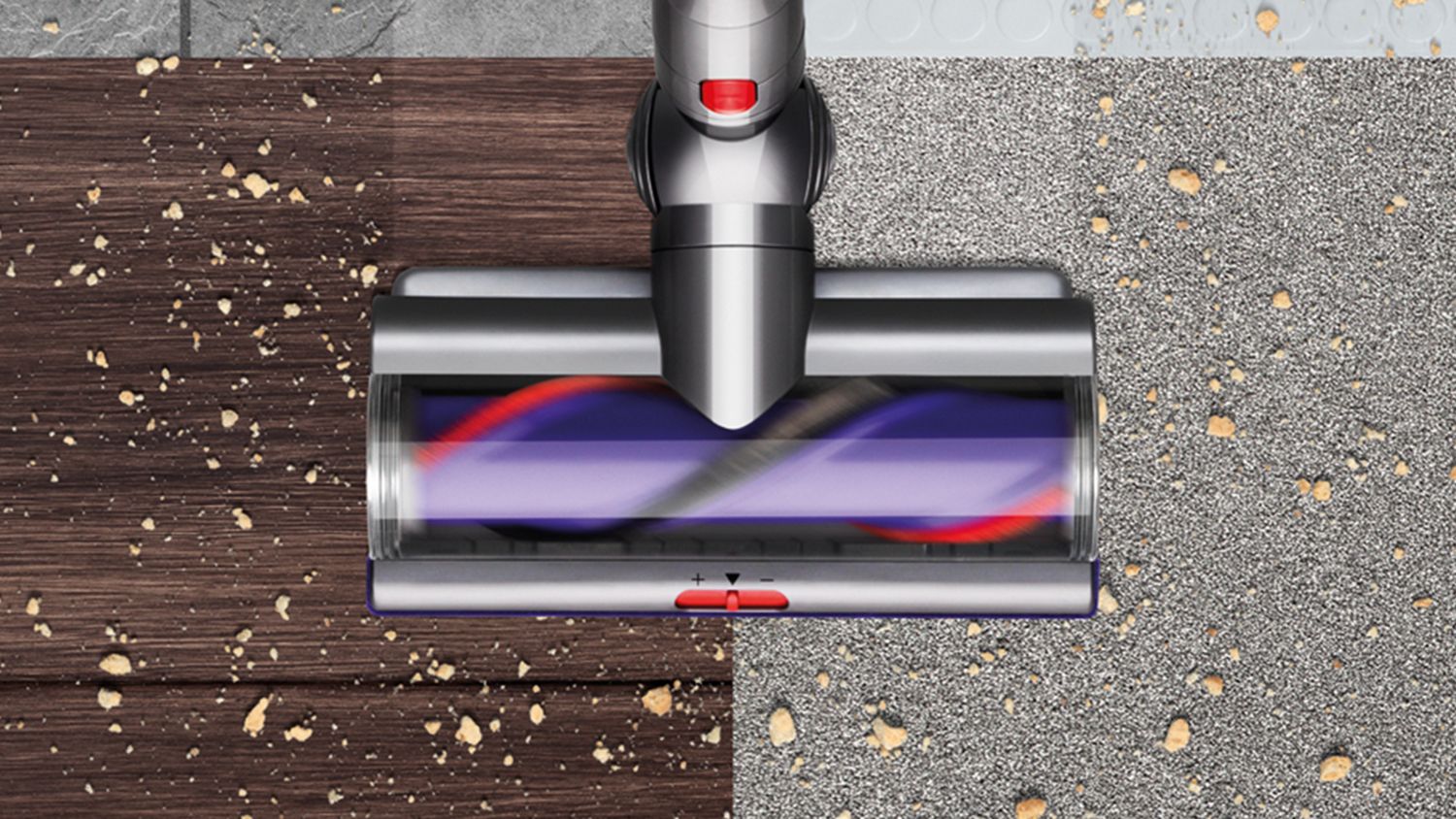
by Roxann
Excellent suction power and very versatile. Now I can do my ceiling fans without a ladder. I enjoy using it, and I am vacuuming more. Never thought I would find a vacuum that could handle my pets and I…… This vacuum CAN! I even went back and purchased two more vacuums, one for each level in my home!
by Sanch
We recently refloored our entire house with wood. Dirt seems to show up more frequently on this. I was so happy to get my Animal. I can just grab it and clean up a spot or two in just a minute. I no longer have to undo the cord and then redo the cord when finished. I’m impressed with how long the charge lasts. I’ve yet to have it run down even when I’ve done the entire house. I find it easy to empty also.
by Adrikarp
I bought this vacuum a month ago, never in my life had I enjoyed vacuuming until I got the dyson v10 animal. My one bedroom apartment is clean with 2/3rd of the battery to spare. The mini motorized tool is perfect to clean blanket fibers and hair off of my white fabric couch, and the crevice tool is perfect for the kitchen. The only downside is the size of the dust bin, it’s fine for an apartment, my normal weekly clean will usually fill the whole thing. If you have a house, I recommend getting the v11 with the larger dust bin, otherwise you might be having to empty the vacuum after you’re done with half the house. Emptying the dust bin is very easy, so if it doesn’t bother you, then this model would work just as well.
When I received my dyson, I had already cleaned the ENTIRE house in prep for a friend visiting, I charged the dyson and decided to try it out. I filled up the entire dust bin in one shot, I’m not sure what my old vacuum was missing but I feel a whole lot better knowing how clean my place is now. (Photos of that attached.)
Also if you have a small living space, don’t worry about storing the dyson, it comes apart so easily that I’m able to fit it and the accessories inside a free compartment of my media console for easy use.
by Kelly
I didn’t know how much dust I had in my house it’s amazing how much dirt it picked up on what I thought was a clean floor best vacuum EVER! Wouldn’t buy any other brand.
by Debra
We bought this because our daughter has a V11 and I was astounded at the amount of dog hair it picked up. Seeing her canister full of dog hair sold me. We have a cat and although she is brushed, there is hair everywhere. I wanted something to deal with that.
I hardly vacuum. Hated it, didn’t like having to switch to a different outlet. This is a game-changer. Not only does it get the cat hair, it is lightweight and I can move around from room to room. Still getting used to the Boost mode because it does take more battery, but we have found that normal modes do just fine. The hardest part of adjusting is that I still think I need to unplug it when I go to another room.
Have used a couple of different tools and am glad we have the flexibility. Have used it on the stairs as hand-held and it is great. Love how the brushbar pivots to get into spaces. We have the additional accessories set as well and can put on the smaller brushbar for smaller spaces.
Normally don’t get overly excited about vacuum cleaners, but this one definitely made us rethink what we have been doing all these years. From a former non-vacummer, I look forward to using this!
On a side note, every time we vacuumed with the other vacuum, the cat would tear off like a shot and hide. This machine is much more quiet and she doesn’t run away any more.
by Bellavia
We’ve gone through our fair share of vacuums ranging in quality, brand, and price and this Dyson V10 Animal is hands down the BEST vacuum we’ve ever had. The convenience of the lightweight cordless, all the attachments, the suction power, the versatility for different floorings- the list goes on. I would recommend this vacuum to anyone and everyone!
by Tanner
I’ve had this vacuum for a few months and it is nothing short of amazing. It does a great job with the wood floor attachment and does great on carpet and tile too. I put it on boost for the high traffic areas and it cleans incredibly. I love this thing.
by Brian
This vacuum is worth every penny. Makes cleaning my entire apartment a breeze. Can easily clean under furniture without moving it, powerful suction grabs everything. The pet hair tool really works – grabs all fur off couch and pillows. What would take 45 minutes with a regular vacuum now takes 20. Highly highly recommend.